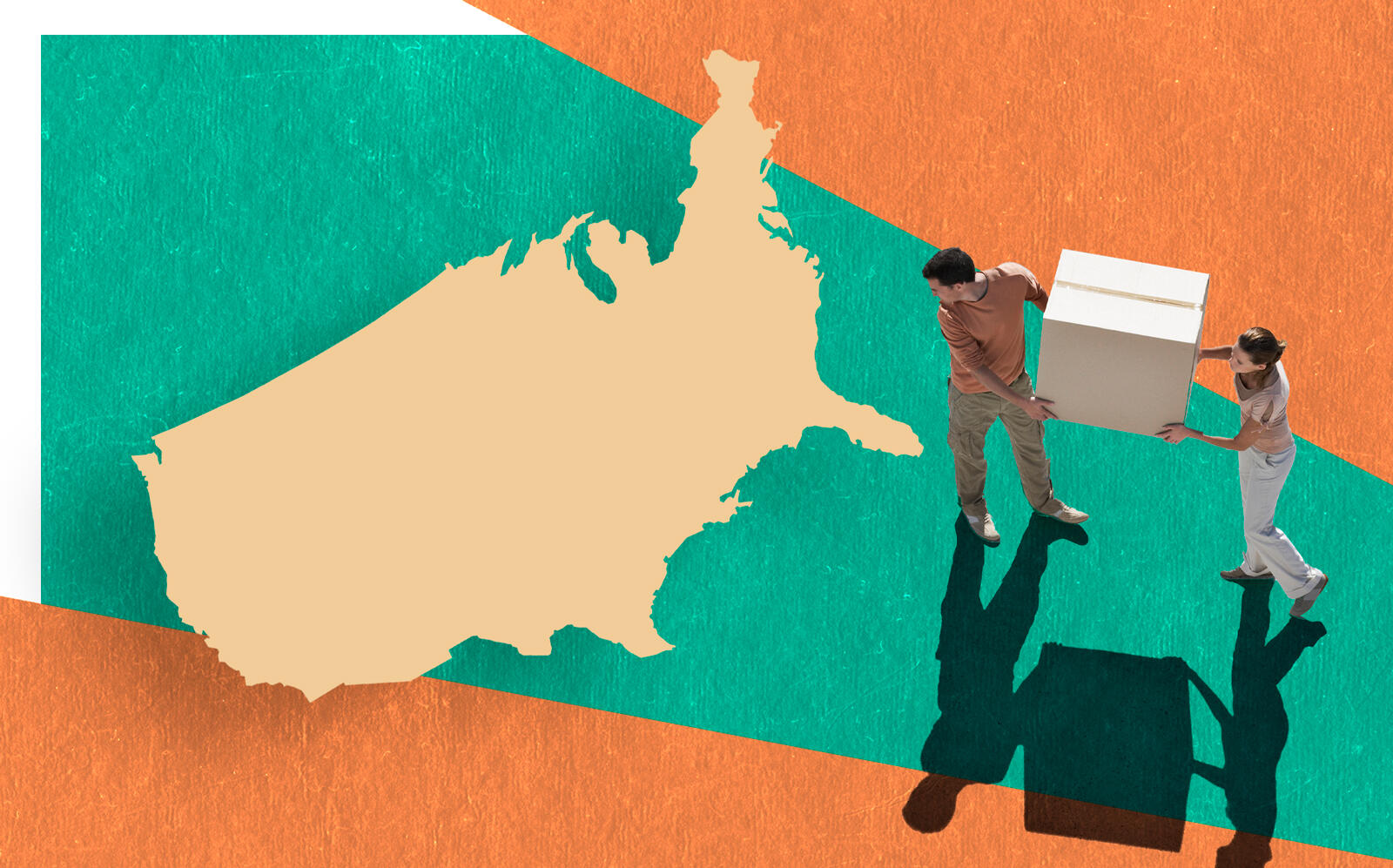Trending
Exaggerated exodus: Covid didn’t scramble people’s migration patterns
Metro areas surrounding big cities were the biggest beneficiaries

Cities won’t become post-apocalyptic graveyards and work-from-home urbanites won’t revive rural America.
While many people moved away from New York City and San Francisco during the pandemic, migration patterns largely remained the same as before, according to an analysis by the New York Times. The analysis was based on the 30 million change-of-address requests made in 2020 to the U.S. Postal Service.
Some smaller regional metros and vacation markets saw more residents come in. Still, metros like those in the Sun Belt that were gaining residents pre-pandemic saw gains; those in upstate New York and the Midwest continued to lose migrants.
“In many ways, the fundamentals in the data show that Austin is the next Austin,” CBRE research director Eric Willett told the paper.
Net out-migration, where more people leave than arrive, accelerated most in big cities including New York, San Francisco, Seattle and Boston. The greatest beneficiaries of that were metro areas surrounding big cities, where people can find more affordable real estate but still be within driving distance of downtowns.
However, the influx of people coming to New York City is expected to outpace those who jump ship this month, according to a report by real estate consultant Nancy Packes Data Services and Eastdil Secured. The gap between the number of households changing their address to a zip code outside the city versus moving into the city has gradually decreased since May 2020.
[NYT] — Orion Jones




